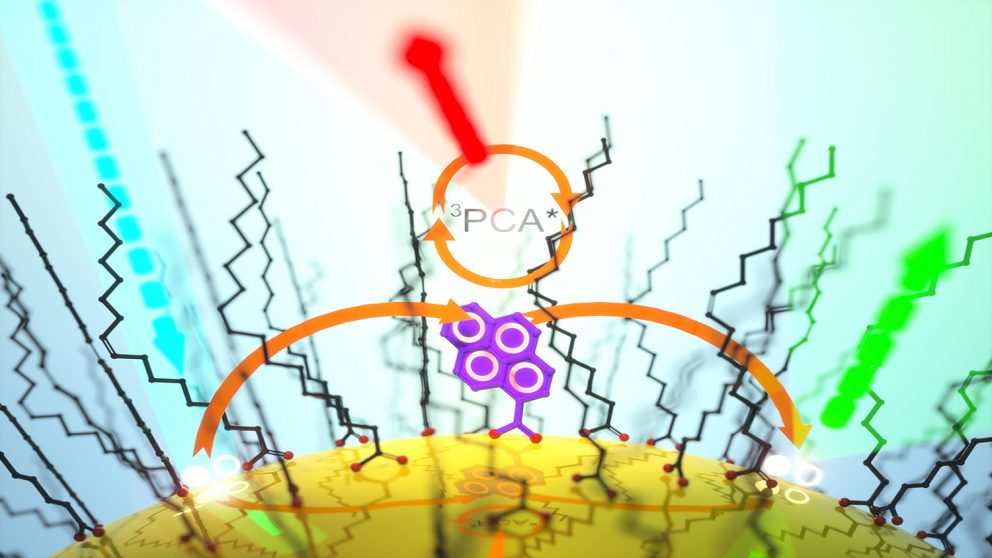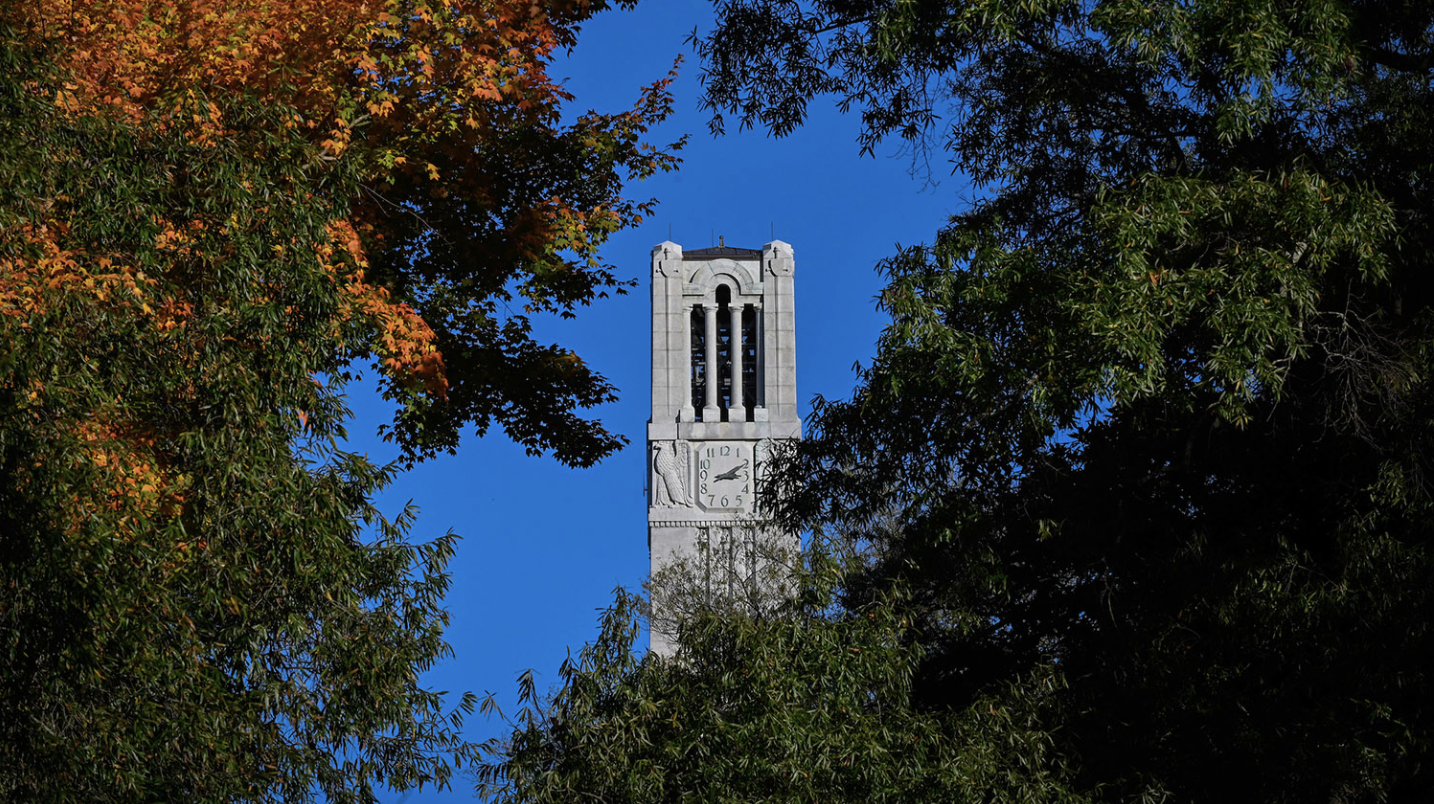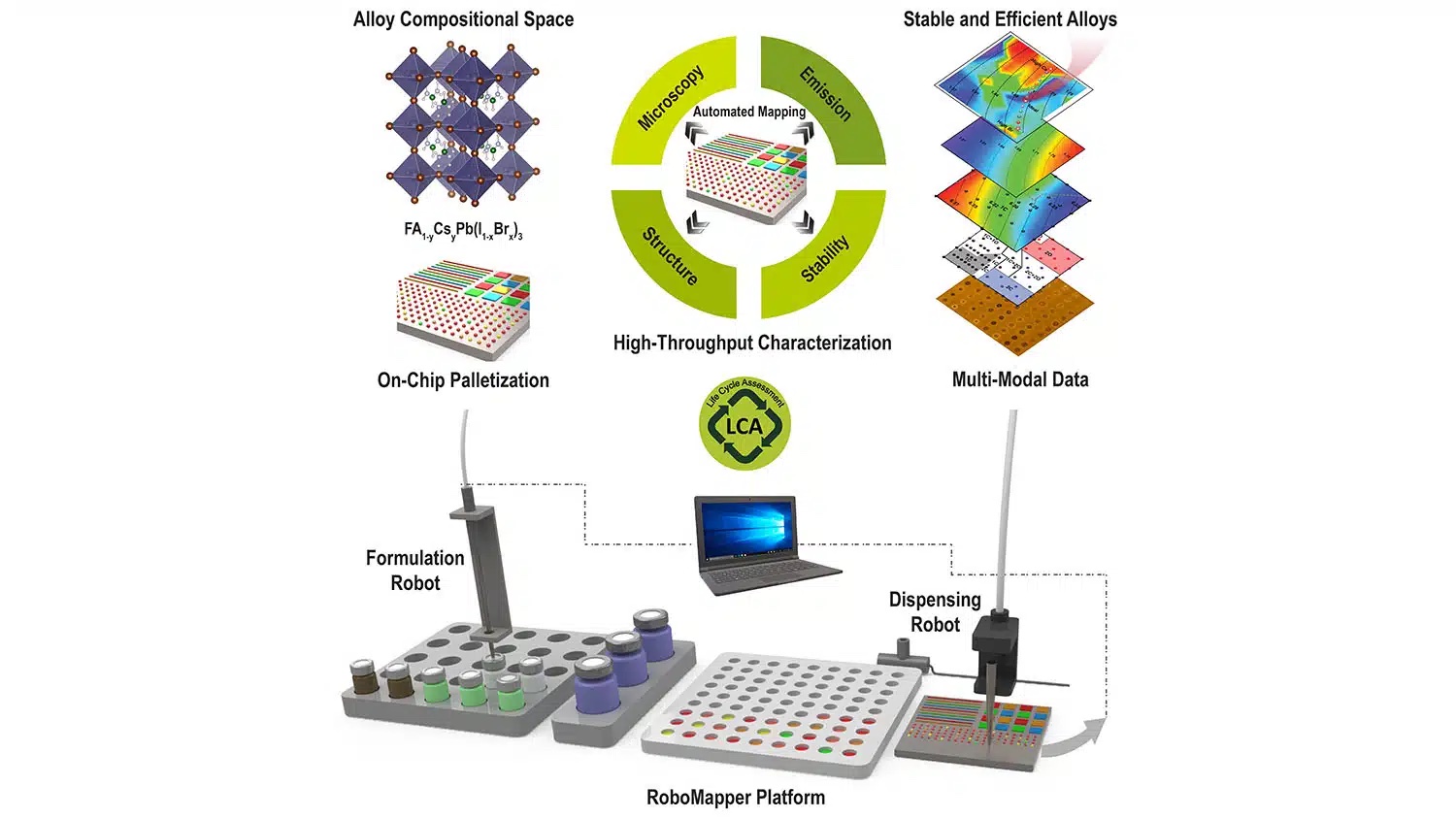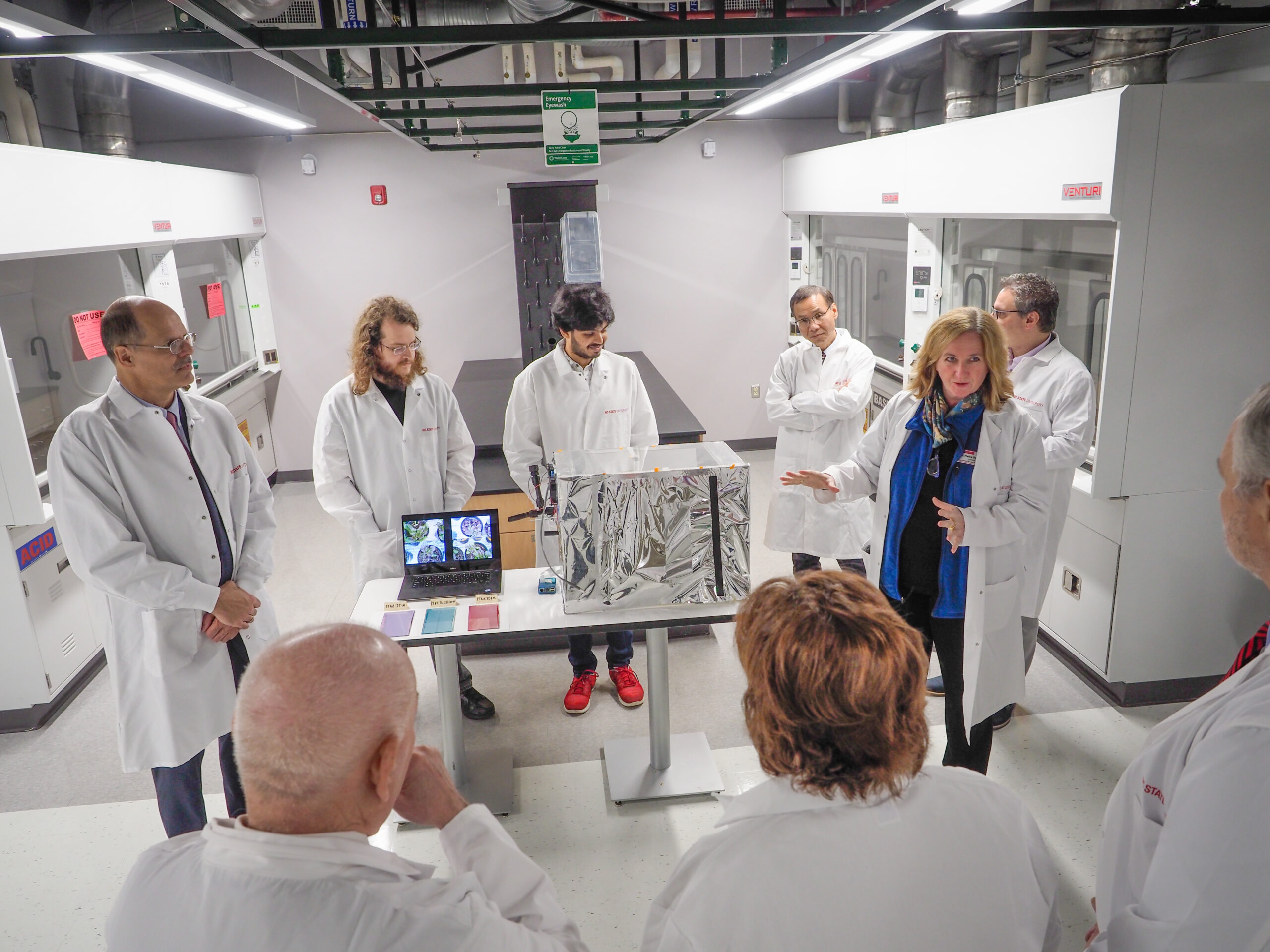Castellano group shows thermally activated delayed photoluminescence from semiconductor nanocrystals

Pyrenecarboxylic acid-functionalized CdSe quantum dots undergo thermally activated delayed photoluminescence. Image: Cedric Mongin
Felix N. Castellano group from North Carolina State University has found that the transfer of triplet excitons from nanomaterials to molecules also creates a feedback mechanism that returns some energy to the nanocrystal, causing it to photoluminesce on long time scales. The mechanism can be adjusted to control the amount of energy transfer, which could be useful in optoelectronic applications.
Felix N. Castellano, Goodnight Innovation Distinguished Chair of Chemistry at NC State, had previously shown that semiconductor nanocrystals could transfer energy to molecules, thereby extending their excited state lifetimes long enough for them to be useful in photochemical reactions.
In a new contribution, Castellano and Cédric Mongin, a former postdoctoral researcher currently an assistant professor at École normale supérieure Paris-Saclay in France, have shown that not only does the transfer of triplet excitons extend excited state lifetimes, but also that some of the energy gets returned to the original nanomaterial in the process.
The work appears in Nature Chemistry, and was supported by the Air Force Office of Scientific Research (FA9550-13-1-0106) and the U.S. Department of Energy (DE-SC0011979).
Additional information is available through NCSU News page.
- Categories:


